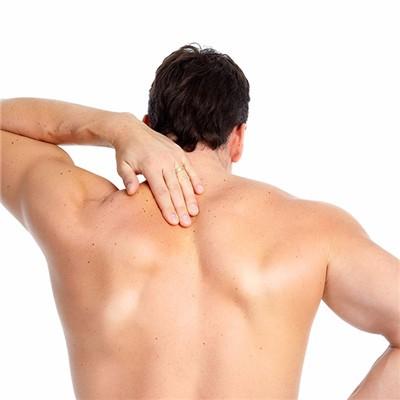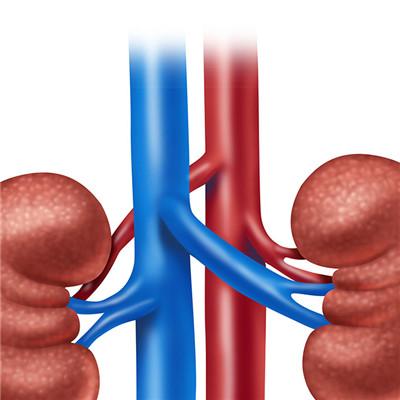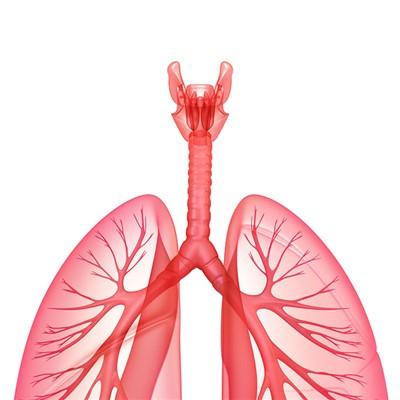The early symptom of thoracic vertebra tumor?
summary
Thoracic spine tumors, or spinal tumors, have two types: primary and secondary. The majority of thoracic vertebrae tumors are benign tumors, and the younger patients are mostly benign. However, the risk of malignant transformation will increase in young and middle-aged patients. Once malignant transformation occurs, the consequences can be imagined. Therefore, we'd better make clear the early symptoms of thoracic vertebra tumor, and timely solve them as soon as they appear, so as to avoid leaving hidden dangers to our health. What are the early symptoms of thoracic spine tumor? Now let's talk about it.
The early symptom of thoracic vertebra tumor?
Pain is the most common and main symptom in patients with spinal tumor. In 80% - 95% of primary spinal tumors, pain is the first symptom, sometimes the only symptom. It mainly includes pain caused by tumor and mechanical pain. Generally, the pain is more obvious at night, and can be alleviated by activities during the day.

Local mass is usually located in the vertebral body, and the vertebral body is deep, so it is difficult to find on the body surface. Therefore, patients with mass as the first manifestation are not common, mainly in the cervical spine or the tumors of the posterior spinal appendages. The mass of spinal malignant tumor grows rapidly, and often forms compression on the surrounding tissue, so it often has local pain and discomfort. Due to the existence of primary lesions and the high malignant degree of metastatic tumors, the metastatic tumors grow rapidly and easily induce spinal pain and neurological symptoms, which are often found before the formation of large masses.

Spinal deformity is not uncommon due to spinal tumor. The main mechanisms include: the destruction of vertebral body and (or) appendages by tumor; The spasmodic reaction of the surrounding tissues of the spine and the compression of the surrounding structures caused by the large volume of the tumor. For example, osteoid osteoma can often appear concave to the lesion side of the scoliosis deformity, and its scoliosis apex is the location of the lesion.

matters needing attention
Eat less greasy food; Eat less mutton; Eat less seafood without shell, bamboo shoots, taro and other allergic "hair products"; Eat less drinks and snacks containing chemicals, preservatives and additives. Avoid eating too sour, too spicy, too salty, tobacco and other stimulants.














